10 Woodburning Stove Tips
Looking for a stylish, sustainable way to heat your home? Then a woodburning stove could be the answer!
Whether you’re after a traditional-looking version to warm a cosy sitting room or a cool contemporary design to sit at the heart of an open-plan living space, you’re sure to find something to suit.
But how do you select the right woodburning appliance for your needs?
1. Why should I go for a woodburner?
These stoves offer a great combination of aesthetic appeal and eco credentials that few heating appliances can match. From classic cast iron models to designer versions in steel or ceramic, they make for a captivating focal point. And with technology allowing for ever-larger viewing panes, the beauty of a real log fire can be enjoyed to its fullest.
Add to that the fact that responsibly-sourced, well-seasoned timber is a carbon neutral and energy-efficient fuel, and these stoves stand a class apart as attractive, practical heaters.
EXPERT VIEW: Ultra low-emission woodburning stovesMarc Howell from Island Pellet Stoves explains how wood pellet technology is improving efficiency and indoor air quality: Woodburning stoves are efficient, look terrific and have a lovely burning flame. But recent research has suggested that up to 70% of emitted wood smoke from a traditional log stove can re-enter the home, impacting on air quality. So, what can be done about particulate emissions? Well, there’s an innovative type of woodburner that can deliver exceptional performance: the wood pellet stove. In a study run by Leeds University, wood pellet stoves were found to be up to 30 times cleaner than traditional log-fuelled woodburning stoves, resulting in far fewer particulates in exhaust gases and cleaner air in your home. Pellets are a homogenous, small and ultra-dry wood fuel. This means combustion can be fully controlled and consistently-fed to ensure a clean burn at a constant temperature (rather than being batch fed like log stoves). You can go even further with a pellet stove that’s fully sealed and uses a balanced flue (which also opens up more options for where the stove can be positioned in your home). For instance, at Island Pellet Stoves our Lundy model can achieve a 98% reduction in particulate and NOx emissions versus a traditional multi-fuel stove. Marc Howell is a chartered engineer with 20 years’ experience in the wood heating industry and is a co-inventor of the Island Pellet Stove. |
2. What are the style options?
The traditional matt black firebox set atop four solid legs has enduring appeal for both period-style homes and contemporary spaces – but these days there’s a huge array of statement designs to choose from.
Switching the enamel to a different colour – from sleek whites to eye-popping pinks – can help to ensure your stove adds an extra dimension to your home’s decor. Then there are wall-mounted and pedestal versions, or even models that appear to be suspended in the centre of a room.
The classic double-aspect stove is another great choice; and has now been taken a step further with the introduction of show-stopping 360° designs. If you prefer a clean look, then a cassette model that fits flush with the wall – perhaps integrated into a log store – could be an ideal option.
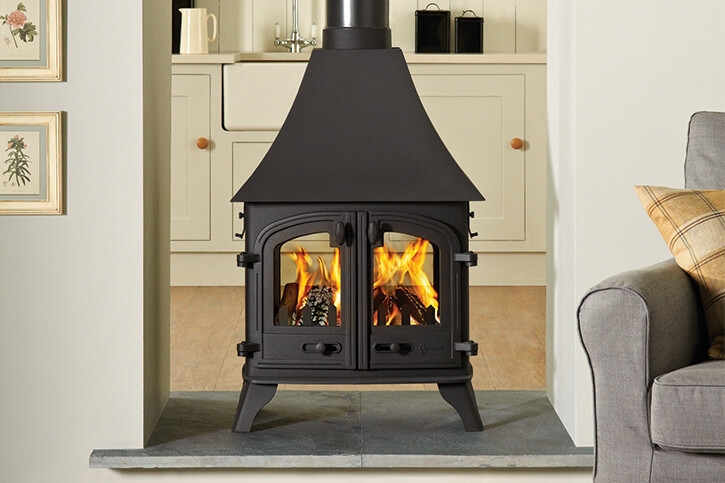
The Devon is a double-fronted wood and multifuel stove from Yeoman
3. How much heat can I get from a stove?
The vast majority of stoves are sold as individual appliances designed to provide a cosy atmosphere in a single room. You can get a general idea of the size of room heater you need by measuring the space in cubic metres (L x W x H) and dividing this figure by 14 to reveal a rough estimate of the kilowatt (kW) output required. For example, a 7m (L) x 5m (W) x 2.4m (H) living room might need a 6kW stove – but you should always use a qualified heating engineer to determine the exact output required.
Some appliances can be hooked up to radiator-based central heating and even supply domestic hot water for taps and other outlets. Typically, these boiler stoves can run around 12 radiators either as the primary heat source or in tandem with a conventional gas or oil-fired boiler (in which case the stove works to reduce your reliance on fossil fuels). Stovax’s Stockton 14HB is a 14kW model able to supply enough hot water for a network of 19 standard-size radiators.
4. How efficient are woodburning stoves?
There’s really no comparison between stoves, which burn at between 70%-85% efficiency, and open fires that waste about 90% of the warmth they generate by blowing it straight up the chimney. But how do woodburners size up to conventional boiler-powered central heating systems?
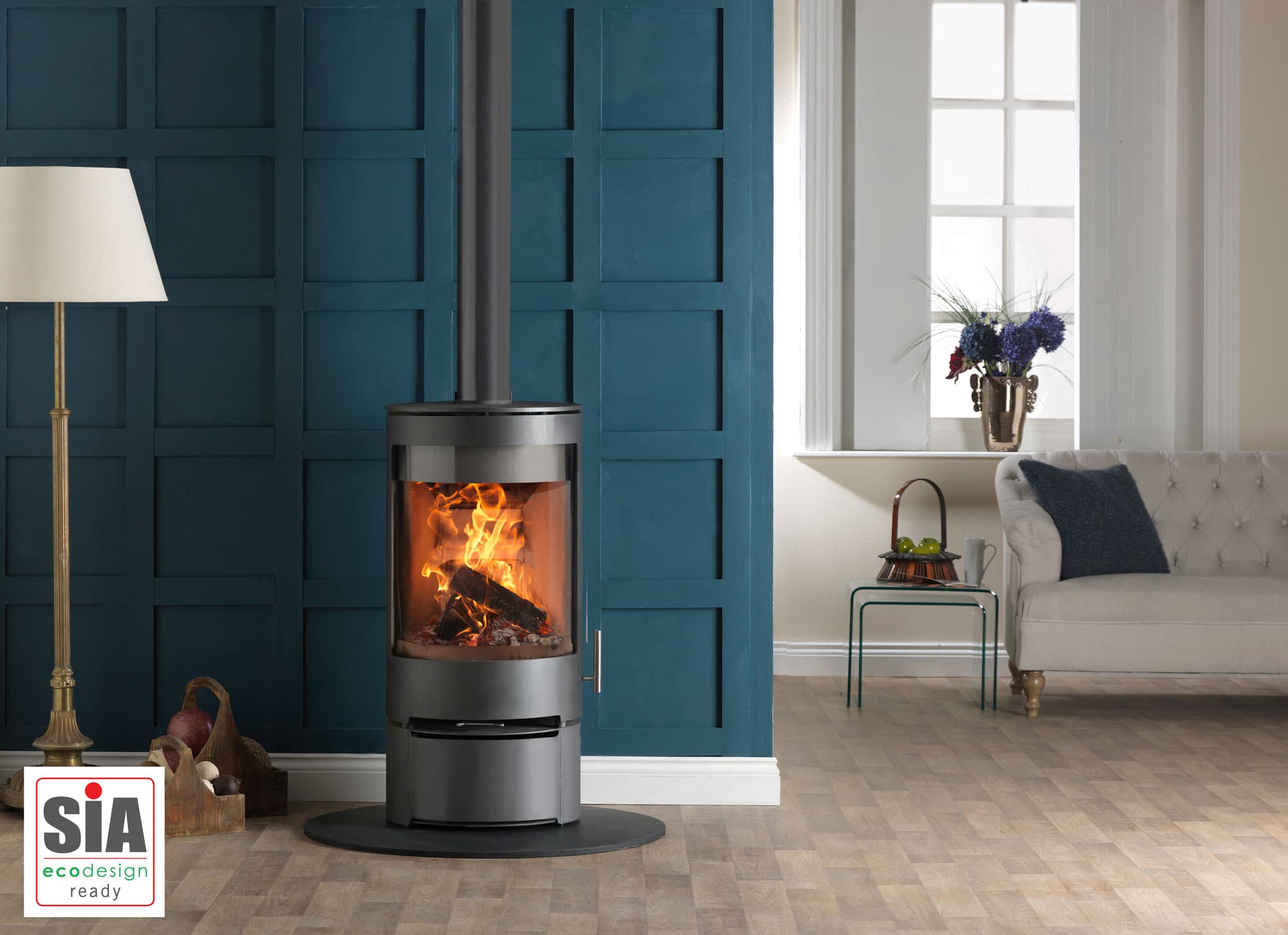
The Purevision PVR Stove by Charlton & Jenrick is Ecodesign Ready. This model is available from Ludlow Stores
According to the Energy Saving Trust, a log-fuelled boiler stove hooked up to radiators should cost around £90 less to run every year than gas-fired heating. However, unlike some types of biomass, log burners aren’t eligible for payments under the Renewable Heat Incentive. If you’re interested in taking advantage of this scheme, then you’ll need to invest in either a wood pellet stove or a full-blown biomass boiler.
5. What stove features should I look out for?
Modern stoves offer a plethora of advantages over older models – mainly aimed at either boosting efficiency or improving views of the flames. Airwash technology, which is fairly standard these days, draws air down the inside of the window to help keep it clean and get rid of performance-impairing residues. This air will also act as the primary supply for combustion of the wood.
To further improve performance, cleanburn systems introduce secondary and tertiary air into the chamber. By combusting the excess hydrocarbons in the smoke, this boosts thermal efficiency and ensures a cleaner burn – reducing the amount of unpleasant particles that go up the chimney.
If you live in a smoke control area, you can still have a stove. Many models offer a smokeless burn – check whether the product you’re interest in carries a Defra exemption certificate – or even better – a SIA ecodesign ready sticker.
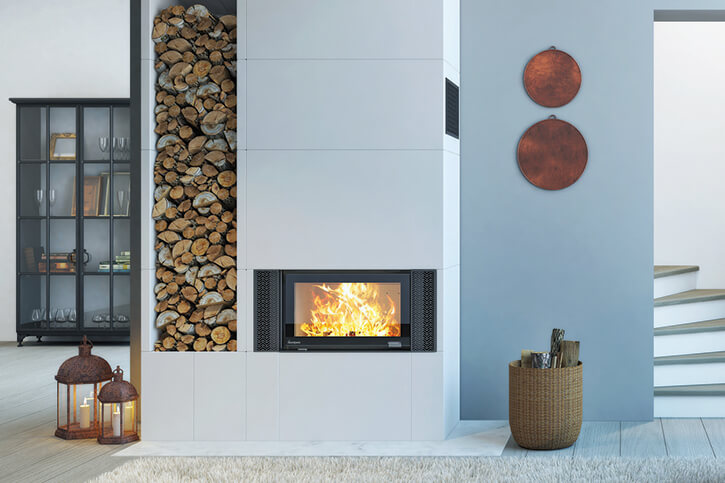
The Nordpreis Q23 6kW woodburning stove offers cleanburn and airwash systems
6. Who can install my stove?
Fitting a woodburner is notifiable work, so your installation must conform to the Building Regulations. The most straightforward route to compliance is to use a suitably-qualified HETAS engineer, who will be able to self-certify the job as a competent person.
This isn’t just a case of nestling an appliance into an existing chimney. All woodburners need a flue to channel the expelled emissions out of the home.
This will usually be run up your chimney, which may need to be re-lined at a cost of around £900-£1,100. Typically, your installer will also deal with calculating the right size of stove and, once it’s commissioned, run you through how to operate the appliance effectively.
7. Which woods burn best?
Under new legislation enforced by the Government’s Clean Air Strategy, it will soon be a legal requirement that those with stoves and open fires only burn wood with a moisture content of 20% or below.
This is because water-logged timber releases significantly more smoke than dried wood, causing a higher concentration of harmful gases and pollutants to enter the air and your home.
DEFRA suggest using fuel that has been branded with the Woodsure’s Ready to Burn logo; this sticker comes with the guarantee that the bag of timber has less than 20% water content.
“You can also use a moisture meter if you want to check the dampness of your firewood prior to burning,” says Nic Snell, managing director of Certainly Wood.
Learn more: Are Wood Burning Stoves Safe?
8. Where can I store the fuel?
It’s vital that you keep your seasoned wood in a suitably dry place; a well-ventilated shed with one open end is a good option for long-term storage. Logs should always be kept off the ground – typically by stacking them on top of the biggest lengths, with gaps for air to circulate. The firewood should always be cut to the right length at least six months before it’s to be burned to ensure that it dries out properly. Splitting it to expose a greater surface area will help, too.
You can buy pre-seasoned fuel from the likes of Log Delivery and Certainly Wood; both offer kiln-dried hardwoods, too, which should be ready-to-use within two weeks of delivery. The Forestry Commission recommends you bring wood indoors for a few days prior to use.
9. What about stove maintenance?
Provided you stay on top of basic upkeep, such as clearing out the ashes and removing any stubborn soot from the glass and internal surfaces, you should get 20+ years of life out of your new woodburning stove (though most warranties stretch to just five years).
It’s worth keeping an eye out for signs of potential problems – such as holes in the ash pan, cracks or spots of rust in the finish. If you notice any of these, it’s time to call in a specialist. Most manufacturers strongly recommend a professional annual service (at around £70-£100) both of the stove and, importantly, of the chimney and flue.
10. How much do woodburning stoves cost?
A small room-heating woodburner can start from as little as £250 – but even with this kind of installation, you’ll still be looking at upwards of £1,500 once you’ve factored in professional fitting and a new flue. A constructional hearth (which can be required for the setup to meet Building Regulations) will cost at least £250. If you’ve set your heart on a high-end product or you’re opting for a boiler model that requires new pipework, you can expect to pay significantly more – typically anything from £3,000 to £7,000 in total.
Main image: Stovax



















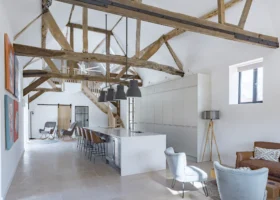















































































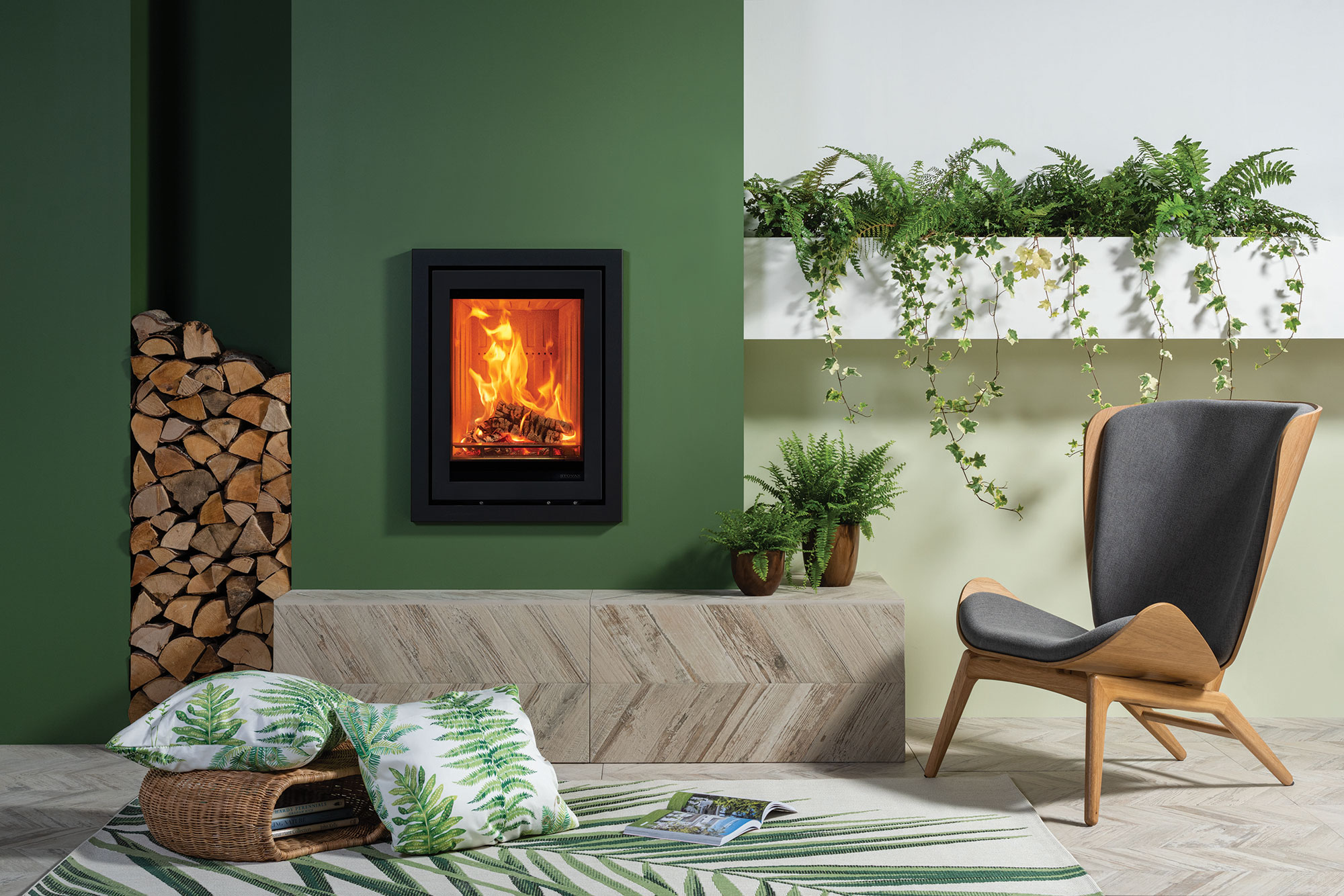
 Login/register to save Article for later
Login/register to save Article for later


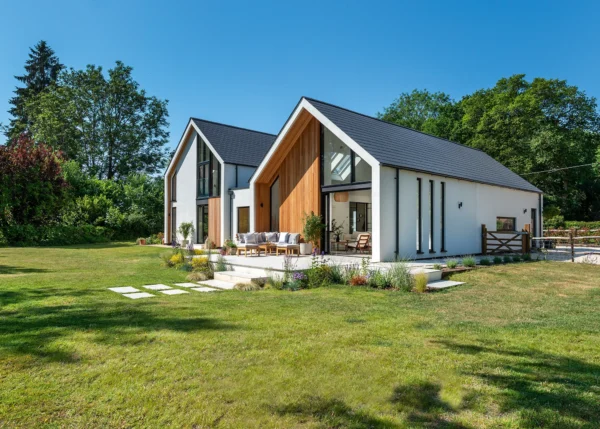
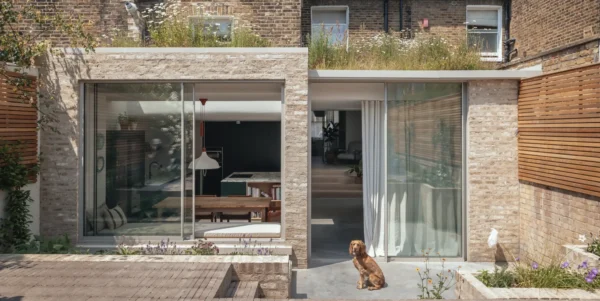
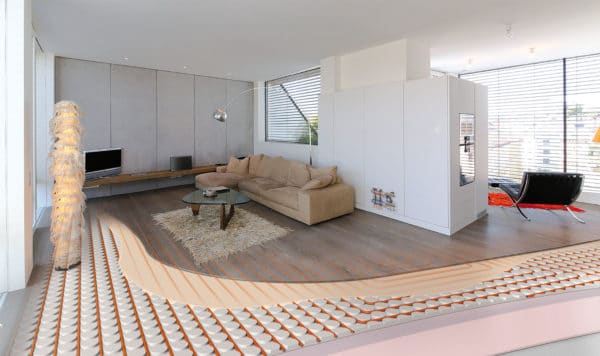

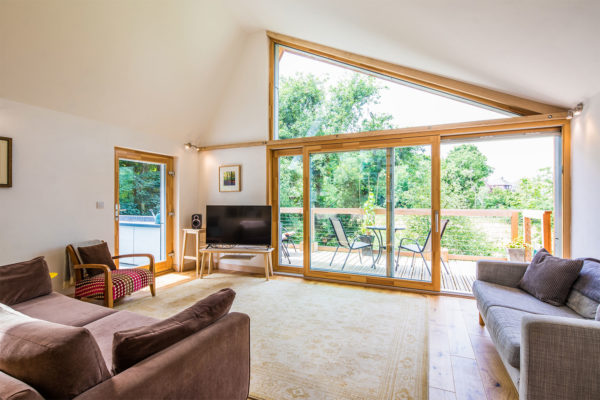
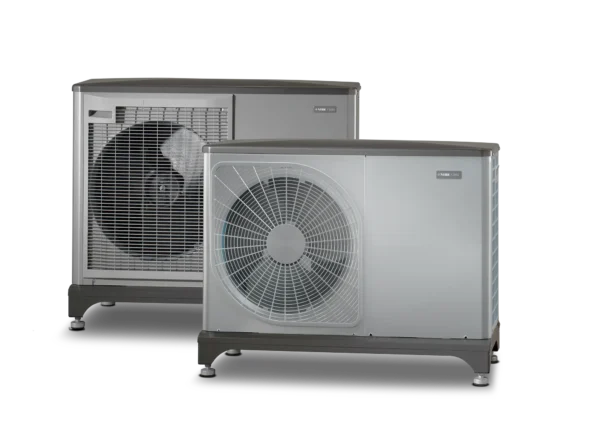




Comments are closed.